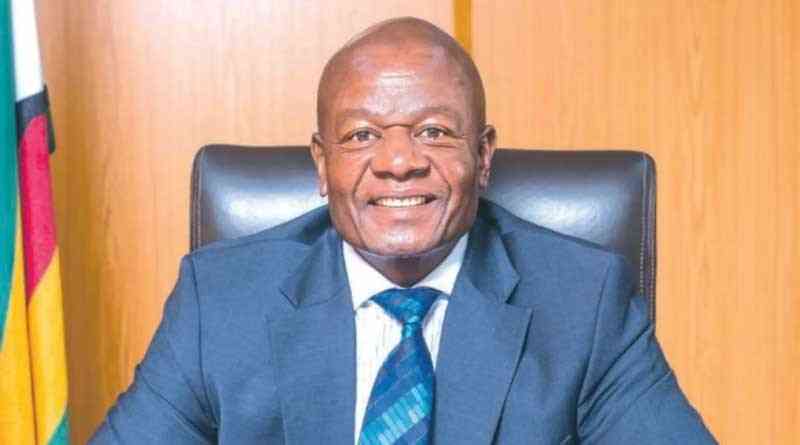
THE Reserve Bank of Zimbabwe (RBZ) has said the tight monetary policy measures will be in place in the next six months to sustainably anchor inflation and exchange rate expectations.
RBZ said the policy measures it introduced in the first half of the year brought stability in prices and the exchange rate.
The measures include implicit monetary policy anchor of a combination of using the bank policy rates and exchange rate targeting which brought stability in prices and the exchange rate and sanity and calmness on the domestic markets, RBZ governor John Mangudya said in his mid-term monetary policy statement released on Wednesday.
“The calmness in the domestic markets ably attests to the fact that the economy is on the right track to price and exchange rate stability and the need to stay the course of the right policy mix remains critical,” he said.
Until the government’s intervention, the economy had been buffeted by exchange rate volatilities which fuelled runaway prices, thereby feeding into a jump in annual inflation.
Annual inflation raced to 175,8% in June from 86,5% in May, while month-on-month inflation quickened to 74,5% from 15,7% the previous month.
Fiscal authorities threw in their last card by directing that companies pay half of their quarterly tax obligations in local currency, which triggered demand for the Zimdollar and stabilised the exchange rate.
Annual inflation decelerated to 101,30% in July, while month-on-month inflation dropped to minus 15,25%.
- Drama around Ndebele king making a mockery of the throne
- Umkhathi Theatre Works on King Lobengula’s play
- Street mural exposes Zim’s divided society
- Minister tips ICTs to drive economic recovery
Keep Reading
This has seen some prices of basic commodities going down in tandem with the appreciation of the local currency.
Yet this stability has created a new headache: the Zimdollar liquidity crunch which has fuelled a preference of the United States dollar as a medium of exchange.
The preference of the dollar to the local currency has quickened the use of the greenback in the economy at a time when the government is working on a de-dollarisation roadmap which will see the Zimdollar as the sole legal tender.
We urge the monetary authorities to maintain a liquidity balance which ensures that the local currency remains the medium of exchange and protect the local unit from being elbowed out in transactions by the United States dollar, as is the case currently.
We maintain that the bank policy rate, at 150%, does not encourage local currency lending, thereby eating into banks’ income streams. Banks are supposed to get the bulk of their incomes from interest on loans.
In Zimbabwe, banks have seen funded income streams declining and are now relying on non-interest streams such as bank charges, among others.
Where lending occurs, it is in foreign currency as no individual or corporate would borrow at ridiculously high interest rates.
Statistics from the central bank show that foreign currency-denominated loans now account for 94% of the banking sector’s loan book, an affront to government’s de-dollarisation drive.
The use of the local currency should be at the top of the agenda as the RBZ stays the course in its measures to stabilise the economy.








